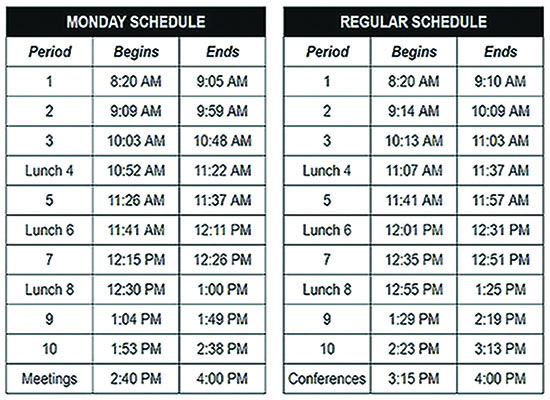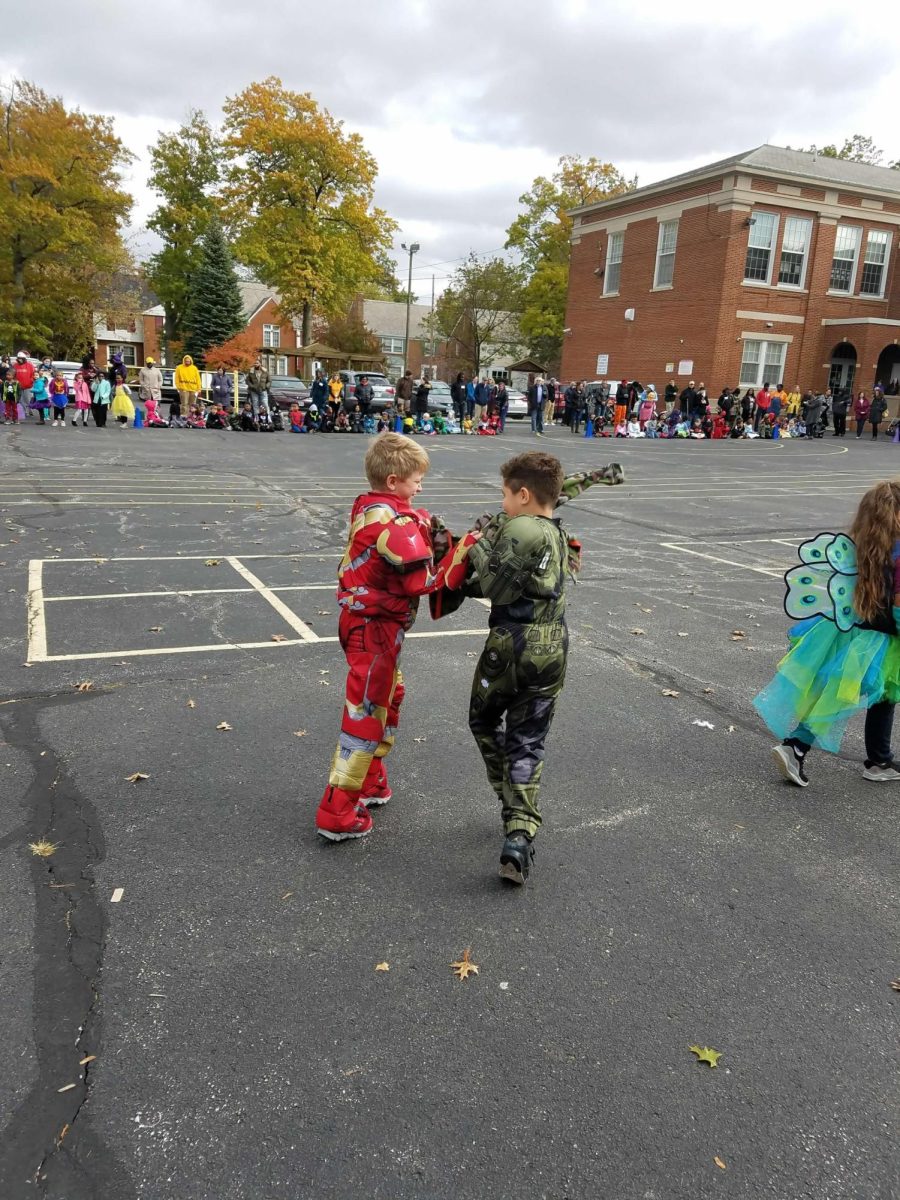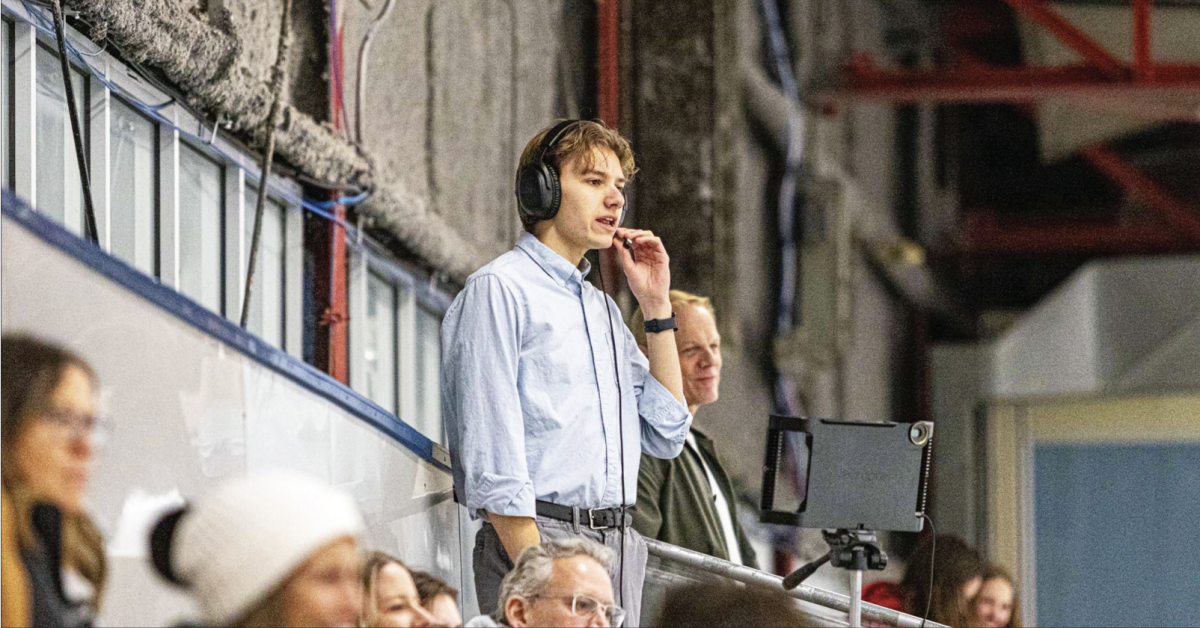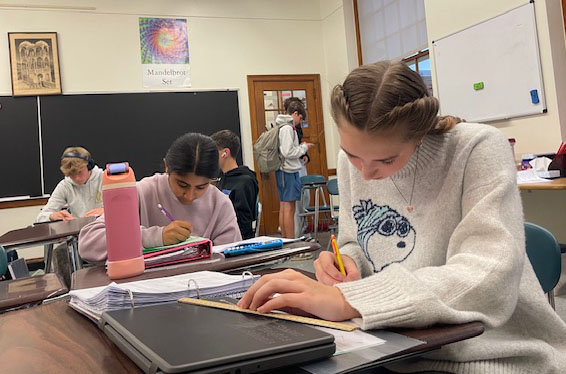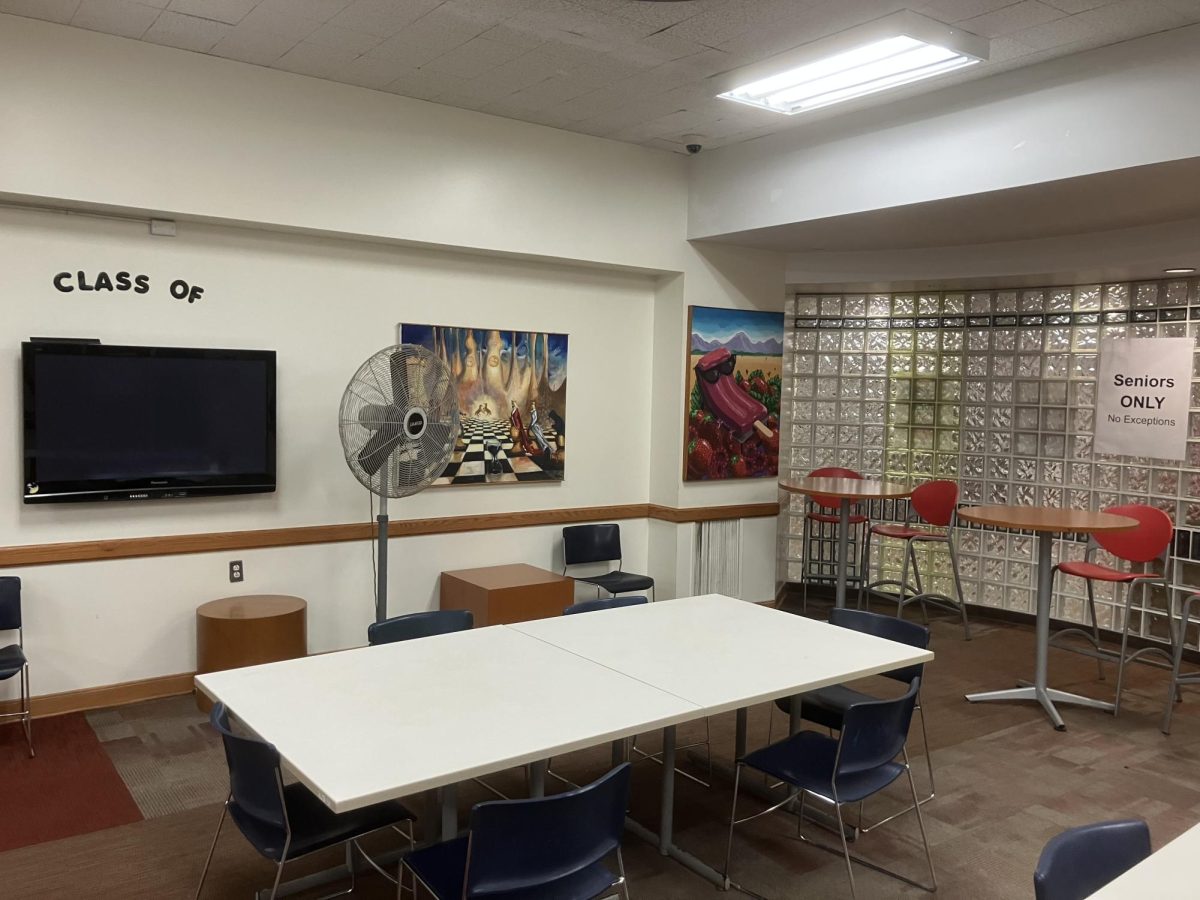The high school will return to an every class, every day schedule when the 2025-26 school year begins.
The change follows five years of block scheduling, which began during the 2020-21 school year, when school was held virtually, and then concurrently, due to the height of the COVID-19 pandemic.
During the 2019-20 school year, and for decades before, the high school schedule comprised 10 daily periods. Students took seven classes, and lunch occurred over three periods: 4, 6 and 8. That schedule was disrupted when the pandemic prompted asynchronous online learning after schools were closed March 13, 2020.
Block scheduling was introduced in the 2020-21 school year, which began virtually. On Mondays, students would attend all eight of their classes in 40-minute periods. On the other days, students attended four classes per day in 80-minute periods. In January 2021, some students returned to in-person learning four days a week, with Mondays remaining online.
During the 2021-22 school year, classes were in-person only, with eight class periods divided evenly in a block schedule comprising A and B days.
The 2025-26 bell schedules reflect a return to an every class, every day philosophy that prevailed at the high school for decades before Gov. Mike DeQWine closed Ohio school buildings on March 13, 2020 because of the rising threat of COVID-19. Since then, SHHS has employed five unique versions of block schedules, which were first adopted when instruction resumed in order to limit the number of students and thus, the chance of infection, in the building daily. These schedules required the ongoing consent of the Shaker Heights Teachers’ Association because they violated terms of the existing contract agreement. Next year, students will eat lunch during period 4, 6 or 8. If a student eats during Lunch 4, for example, they will attend one class during periods 5 and 6, and another during 7 and 8.
The 2022-23 schedule dropped the class count to seven and re-introduced the all-class Monday schedule. The eighth period was replaced with Flex Block, when students could attend conferences or participate in extracurricular activities. Flex Block occurred twice weekly on even days. Attendance was optional, which enabled many students to leave school early.
The 2023-24 schedule was the same as the previous year’s, but Flex Block became mandatory and attendance was recorded.
This year, Flex Block was eliminated, and the schedule reverted to the eight-period, alternate-day block model used during the 2021-22 school year. Originally, there were going to be four lunch periods in this schedule in an effort to reduce the number of students in each lunch block. Following problems with the PowerSchool scheduling system, the four lunch periods were never implemented.
A proposed schedule for next year was sent to staff Dec. 17. In this schedule, school would begin at 8:20 a.m. and end at 3:13 p.m., with all classes meeting daily for 50 minutes. The school day would end at 2:38 on Mondays in order to allow time for staff meetings; Monday classes would last 45 minutes.
Dr. John Morris, Shaker Heights Teachers’ Association president, confirmed Feb. 28 that the proposed schedule is in place for next school year.
The schedule will constitute seven class periods every day. According to Morris, the primary reason for the change is the teachers’ contract, which states that high school teachers will teach 25 periods per week, or five classes per day, with the remaining two periods constituting lunch and preparation time.
Teachers signed a memorandum of understanding in 2020 that allowed the school to have an eight period, alternate-day block schedule, which was deemed most practical and safe for continuing school during the pandemic, according to Morris. Limiting classes to four per day limited the number of people students and staff were exposed to daily.
The original memorandum expired in January 2024 but was extended through the end of this school year. Morris said that teachers don’t oppose returning to a block schedule in the future, if the school building is better suited for the kinds of activities that block schedules enable.
“I think the consensus is that we’re in a 19th-century, early 20th-century building, and we’re trying to do 21st-century, 90-minute classes, and that doesn’t work in this setting as it stands,” he said. “It’s not never; it’s just not right now, At least, that’s the feedback I’ve gotten from teachers.”
A version of this article appears in print on page 3 of Volume 95, Issue 4, published March 21, 2025.

